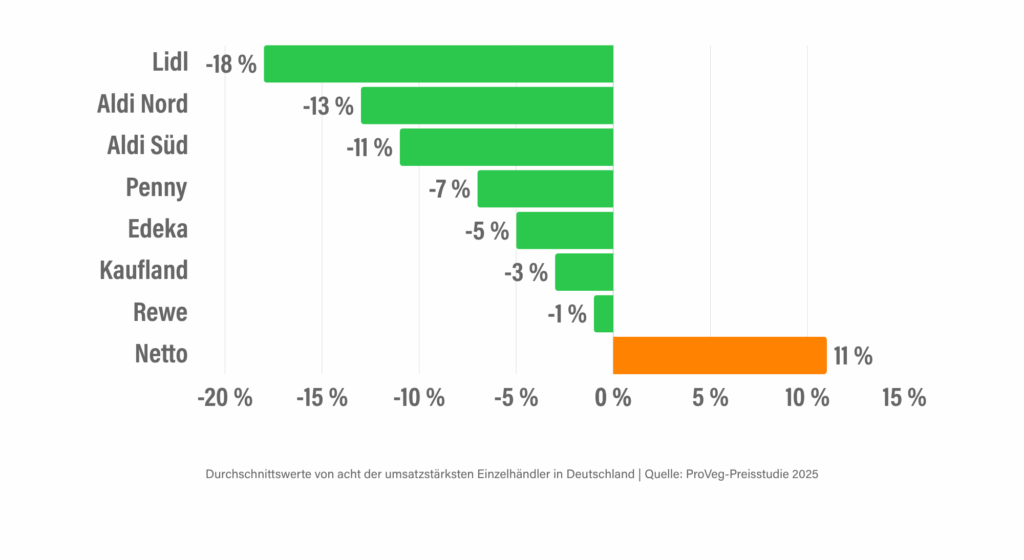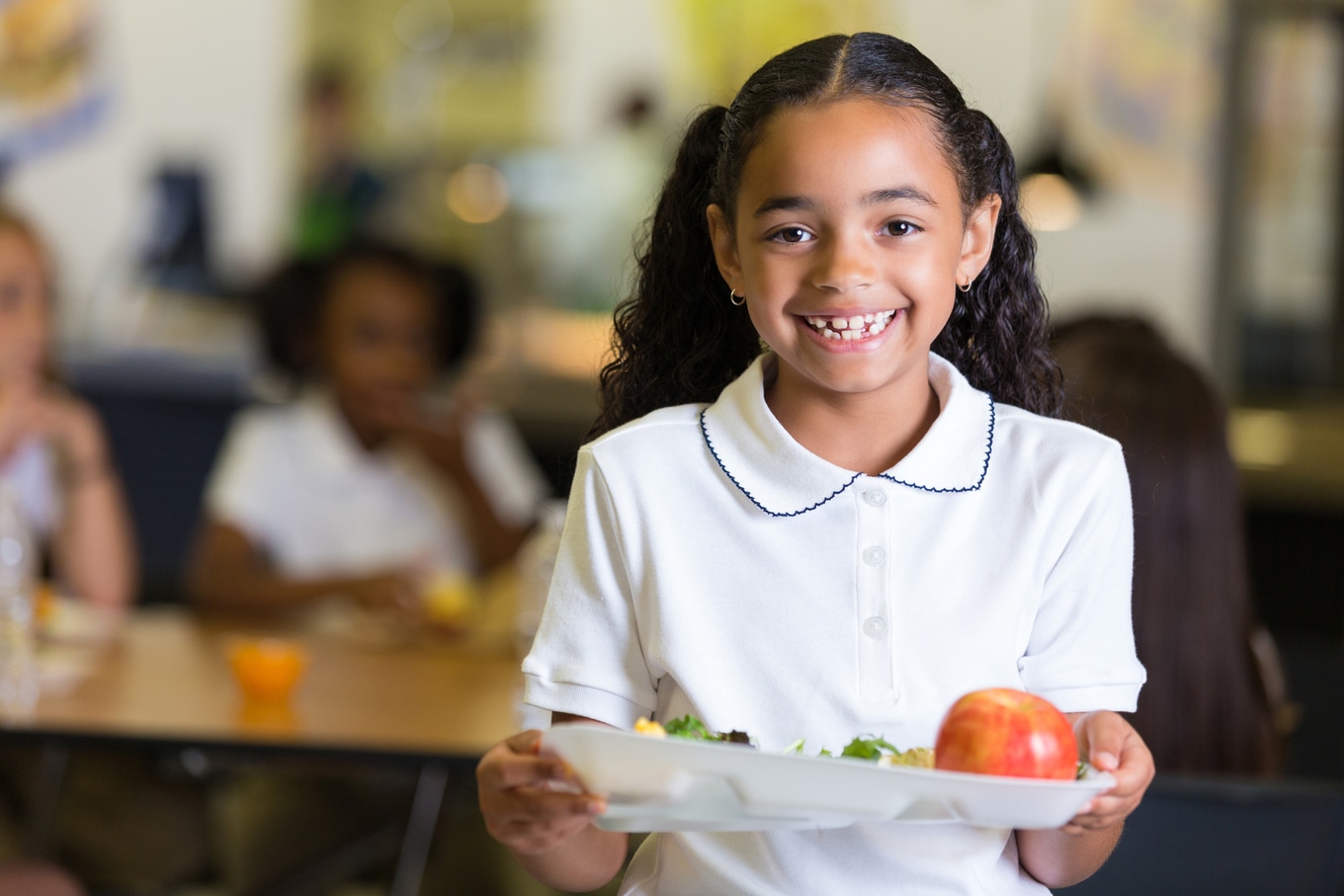From vegoutmag.com
By Maya Flores
Discover the simple vegan-friendly foods that can help you make your 60s and beyond the brightest chapter of your life
Reaching your 60s can feel like turning the page to a new chapter, one where health becomes less about appearance and more about vitality.
You start noticing which foods lift your energy and which ones leave you feeling sluggish. Meals begin to carry more meaning, not just for flavour but for how they support your strength, balance, and focus.
It’s a time when nourishment becomes a form of self-respect, and every bite is a quiet investment in the years ahead.
The good news is that vegan-friendly eating doesn’t require a radical change. It’s about leaning on simple foods that already fit into your routine, ingredients that help you stay strong, flexible, and energized well into your later years.
Let’s look at seven of them doctors often recommend, and how you can make them part of your everyday rhythm.
1. Lentils
If you’ve ever stood over a pot of simmering lentils, you know their scent feels like comfort.
But lentils aren’t just cosy; they’re powerful. One cooked cup packs around 18 grams of protein, plus a hearty dose of iron and folate, which help carry oxygen through your bloodstream and support cell repair.
For anyone in their 60s, maintaining muscle mass becomes crucial, since muscle naturally declines with age. Lentils provide the amino acids your body needs to rebuild tissue and keep you strong.
They’re also rich in fibre, which helps regulate digestion and balance blood sugar, two systems that often need more attention as we get older.
Aside from that, according to research, lentils have anti-inflammatory and anti-microbial properties.
2. Chia seeds
Have you ever wondered how something so tiny can keep you going all morning? Chia seeds might look small, but they’re full of energy-building nutrients.
A single ounce contains calcium, iron, and omega-3 fatty acids, nutrients that support bone density and brain health. Researchers have found that omega-3s can help reduce inflammation in joints, which often becomes more noticeable after 60.
When mixed with liquid, chia seeds form a gel-like texture that slows down digestion and stabilizes blood sugar. That means fewer energy crashes and a longer-lasting sense of fullness.
They’re also rich in antioxidants, protecting your cells from oxidative stress, the kind of wear and tear that can make you feel sluggish over time.
I like to stir a spoonful into my morning oatmeal or blend them into smoothies. If you’ve ever had Mexican agua fresca de chia, you know how refreshing that subtle crunch can be. It’s an old tradition with modern science behind it, and these seeds truly help your body stay balanced and hydrated throughout the day.
3. Tofu
When doctors talk about foods that support longevity, tofu always makes the list.
Made from soybeans, tofu is a complete protein, meaning it contains all nine essential amino acids your body can’t produce on its own.
A study published in Frontiers in Nutrition found that soy-based foods can help maintain bone density and muscle mass, particularly in postmenopausal women, due to their natural plant oestrogens called isoflavones.
What I love most about tofu is how adaptable it is. It absorbs flavours like a sponge, whether you marinate it with ginger and garlic or sauté it with smoky paprika and olive oil. When baked or grilled, it develops a golden crust that’s rich in umami and deeply satisfying.
The trick to making tofu taste incredible is to press out the excess water before cooking. My mother taught me to wrap it in a clean towel and weigh it down with a cast-iron pan, old-school but effective.
Add tofu to stir-fries, tacos, or noodle bowls, and you’ll see how this humble block can become the star of your table and your long-term wellness routine.
4. Dark leafy greens
What’s the secret ingredient for keeping your body moving with ease as you age? Greens.
Kale, spinach, collard greens, and Swiss chard are nutritional powerhouses that deliver vitamin K, magnesium, and calcium, three nutrients that protect bones, reduce muscle cramps, and improve circulation.
And according to the National Institute on Aging, eating dark leafy vegetables is linked to slower cognitive decline.
Greens are also full of nitrates, which convert to nitric oxide in your body, helping blood vessels relax and carry oxygen efficiently. That’s why a bowl of sautéed spinach can feel surprisingly energizing. It’s like giving your cells a breath of fresh air.
One of my favourite memories is of my aunt making kale enchiladas for our family brunches. She’d blend kale into the salsa verde so we wouldn’t even notice the extra greens, but we always felt more awake afterward.
That’s what greens do: they sneak vitality into your day in the most unassuming way.
5. Oats
Few foods feel as grounding as a bowl of oats. Beyond their warm comfort, oats are an incredible source of complex carbohydrates that fuel your muscles and brain without the sudden crash that refined carbs bring.
They’re rich in beta-glucan, a soluble fibre known to lower LDL cholesterol and improve heart health, according to the Mayo Clinic.
Oats also contain B vitamins that support nerve function and energy metabolism, something many of us need more of in our 60s. Whether you prefer them as overnight oats, baked oatmeal, or a simple morning porridge, they offer slow, steady energy that carries you through the day.
If you like experimenting, try adding cinnamon, almond butter, or chopped nuts for a boost of protein and healthy fat. In my kitchen, I toast the oats before cooking to bring out a nutty aroma, a small trick that transforms breakfast into something truly satisfying.
6. Berries
Berries bring colour, flavour, and vitality to every plate. Strawberries, blueberries, raspberries, and blackberries are packed with antioxidants that help your body combat inflammation and oxidative stress.
Research shows that regular berry consumption is associated with reduced blood pressure and improved blood vessel function, thanks to compounds called anthocyanins.
They’re also rich in vitamin C, which supports collagen production and helps maintain skin elasticity and joint strength. Think of them as nature’s renewal food, each handful refreshing your body from the inside out.
When I turned forty, I started freezing bags of mixed berries to toss into morning smoothies or spoon over dairy-free yogurt. Now in my fifties, it’s one of the habits I plan to keep forever. Every time I blend them, I’m reminded that taking care of yourself can be simple, colourful, and delicious.
7. Nuts and seeds
When my grandfather got older, he carried a small pouch of roasted pumpkin seeds in his pocket. He’d snack on them while walking the neighbourhood, claiming they “kept his knees young.”
Science agrees with him more than he ever knew. Nuts and seeds are packed with magnesium, zinc, and healthy fats that keep joints lubricated and hearts strong.
Walnuts and flaxseeds are rich in alpha-linolenic acid (ALA), a plant-based omega-3 that supports brain and cardiovascular health. Almonds bring vitamin E, which protects cells from damage, and pumpkin seeds offer zinc for immune function.
I keep a jar of mixed nuts and seeds on my counter and toss a handful into salads or roasted vegetables. They add crunch, flavour, and the kind of slow-burning energy that keeps you going through afternoon tasks. You don’t need a big serving, just a small daily portion to keep your body fuelled and feeling cared for.
Bringing it all together
The beauty of vegan-friendly foods is that they invite creativity. You don’t have to overhaul your diet overnight. Start by swapping one animal-based meal for a plant-powered one each day. A lentil stew on Monday, tofu tacos on Wednesday, or oatmeal topped with chia and berries on Sunday morning.
Doctors emphasize consistency over perfection. What matters most is the rhythm of nourishment, the daily choice to eat in ways that make your body feel alive.
With each bite, you’re reminding yourself that aging can be flavourful, flexible, and full of strength.
https://vegoutmag.com/food-and-drink/r-7-vegan-friendly-foods-doctors-recommend-for-staying-strong-flexible-and-energized-in-your-60s/






.jpg)



